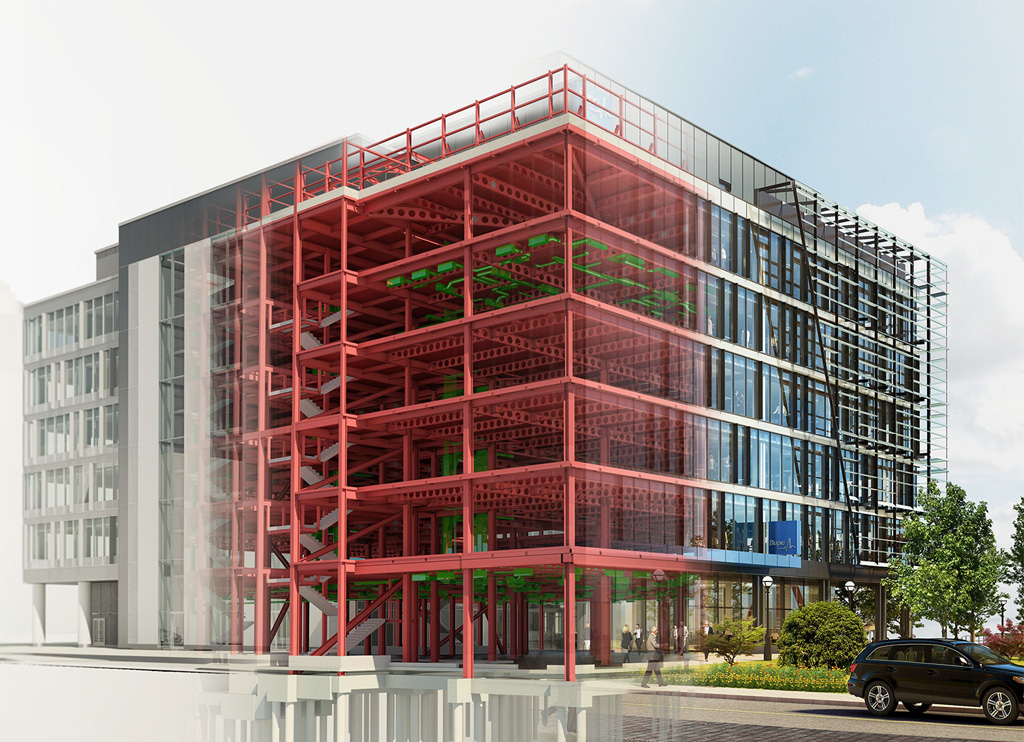
Building Information Modeling (BIM) has emerged as a revolutionary approach that has revolutionised the construction industry, enhancing collaboration, improving efficiency, and reducing costs.
Benefit of Building Information Modeling:
Enhanced Collaboration: BIM promotes collaboration among different stakeholders involved in a construction project, including architects, engineers, contractors, and facility managers. By working on a shared digital platform, these stakeholders can exchange information, coordinate their efforts, and identify and resolve potential conflicts before they arise.
Improved Design and Visualization: BIM enables architects and designers to create detailed 3D models of buildings, providing a realistic and immersive visualization of the final structure. This helps in better understanding the design intent and facilitates effective communication with clients and other stakeholders.
Building Information Modeling (BIM) has revolutionized the construction industry by transforming traditional design and construction processes.
Clash Detection and Risk Mitigation: BIM allows for clash detection, which involves identifying and resolving clashes or conflicts between different building elements (e.g., structural clashes, clashes between mechanical and electrical systems) during the design phase itself. This early identification of clashes helps in minimizing rework, reducing costs, and ensuring smoother construction processes.
Cost and Time Savings: BIM facilitates accurate quantity takeoffs, cost estimations, and scheduling. With detailed information about building components and systems, BIM enables better cost forecasting, resource allocation, and project planning, leading to significant cost and time savings.
Improved Facility Management: BIM data can be used beyond the construction phase and throughout the building's lifecycle. Facility managers can leverage BIM models to access relevant information about equipment, maintenance schedules, and energy consumption, allowing for efficient building operation, maintenance, and renovation.
Sustainability and Energy Efficiency: BIM can contribute to sustainable building design and energy efficiency. By simulating and analyzing different design alternatives, BIM helps identify the most energy-efficient solutions and facilitates the integration of sustainable practices into the construction process.
Impact on the Construction Industry.
Increased Productivity: BIM streamlines the construction process by eliminating redundancies, reducing errors, and optimizing resource allocation. This results in improved productivity and project efficiency.

Enhanced Quality Control: BIM enables better control over the construction process by providing accurate and up-to-date information about the building's components and systems. This leads to improved quality control and reduces the risk of construction defects.
Reduced Costs: BIM's ability to detect clashes and resolve conflicts in the virtual environment reduces the need for rework and costly on-site modifications. Additionally, accurate cost estimation and resource allocation through BIM help in minimizing budget overruns.

